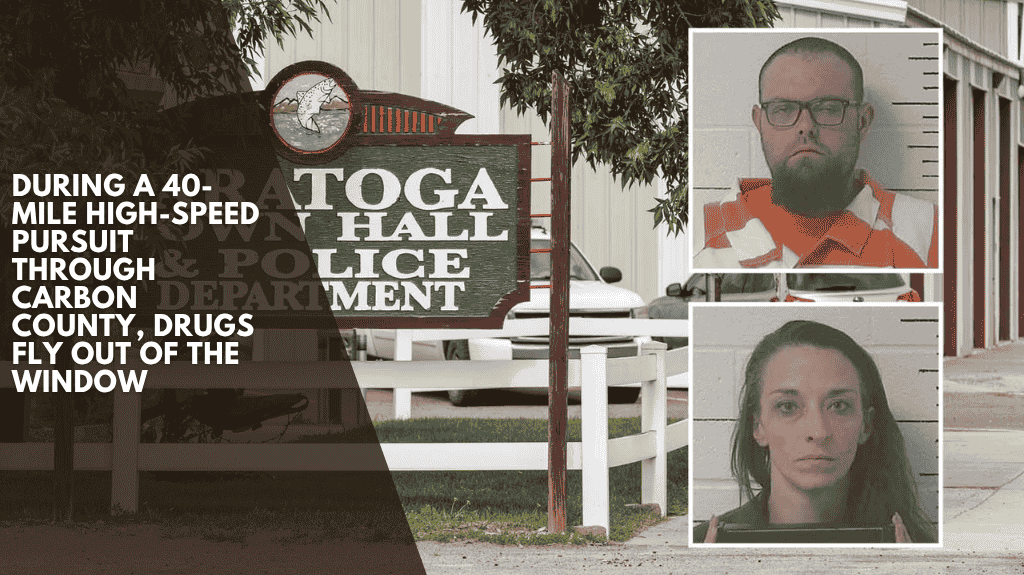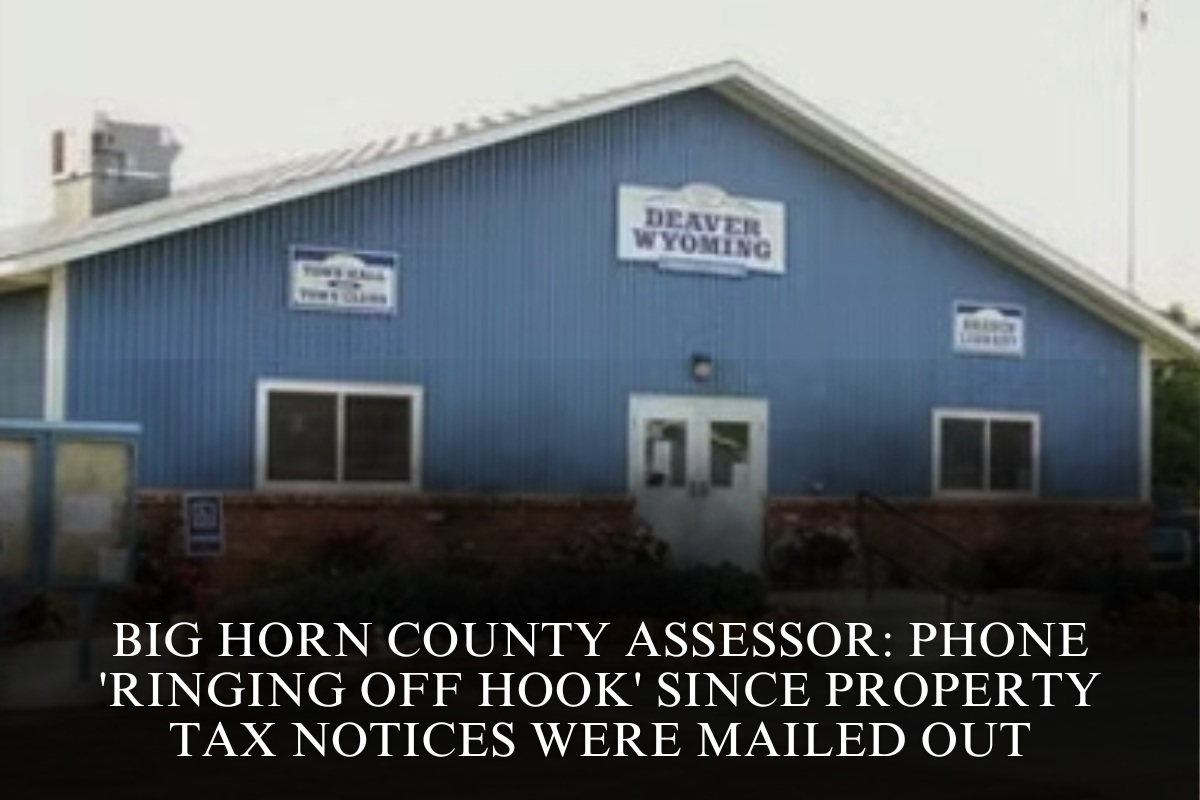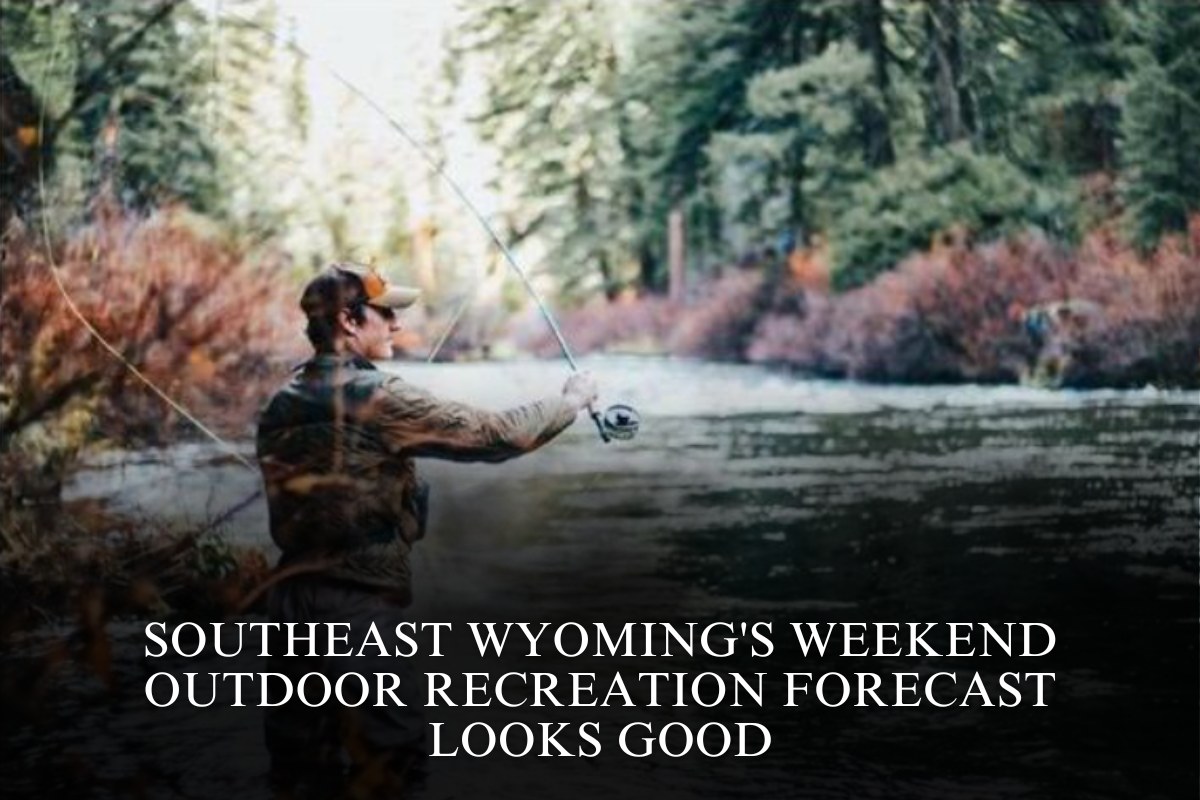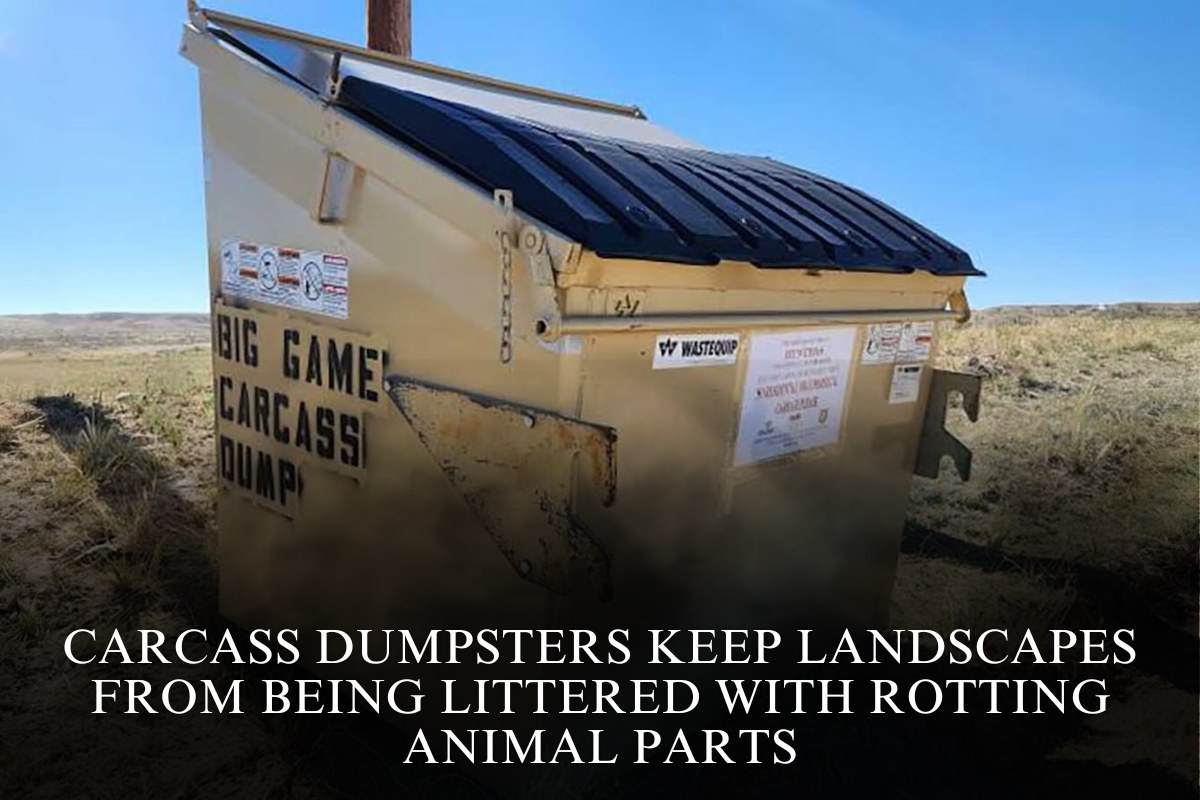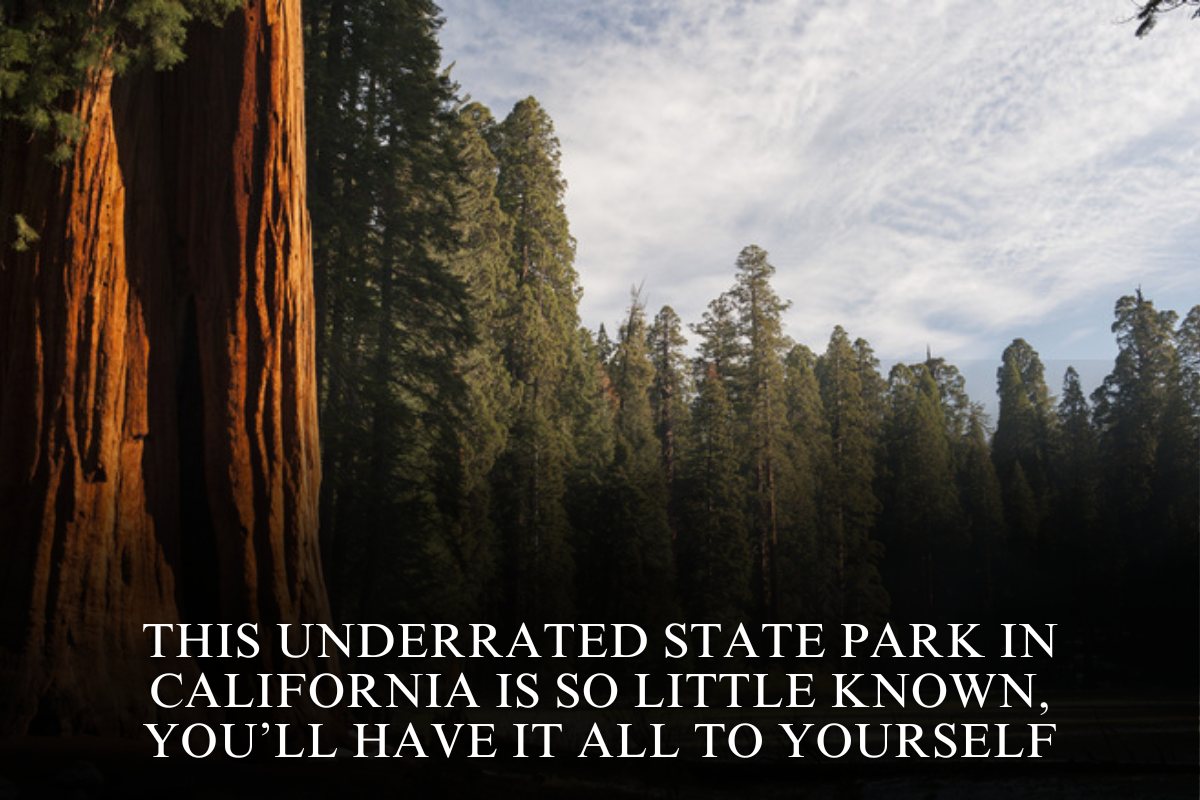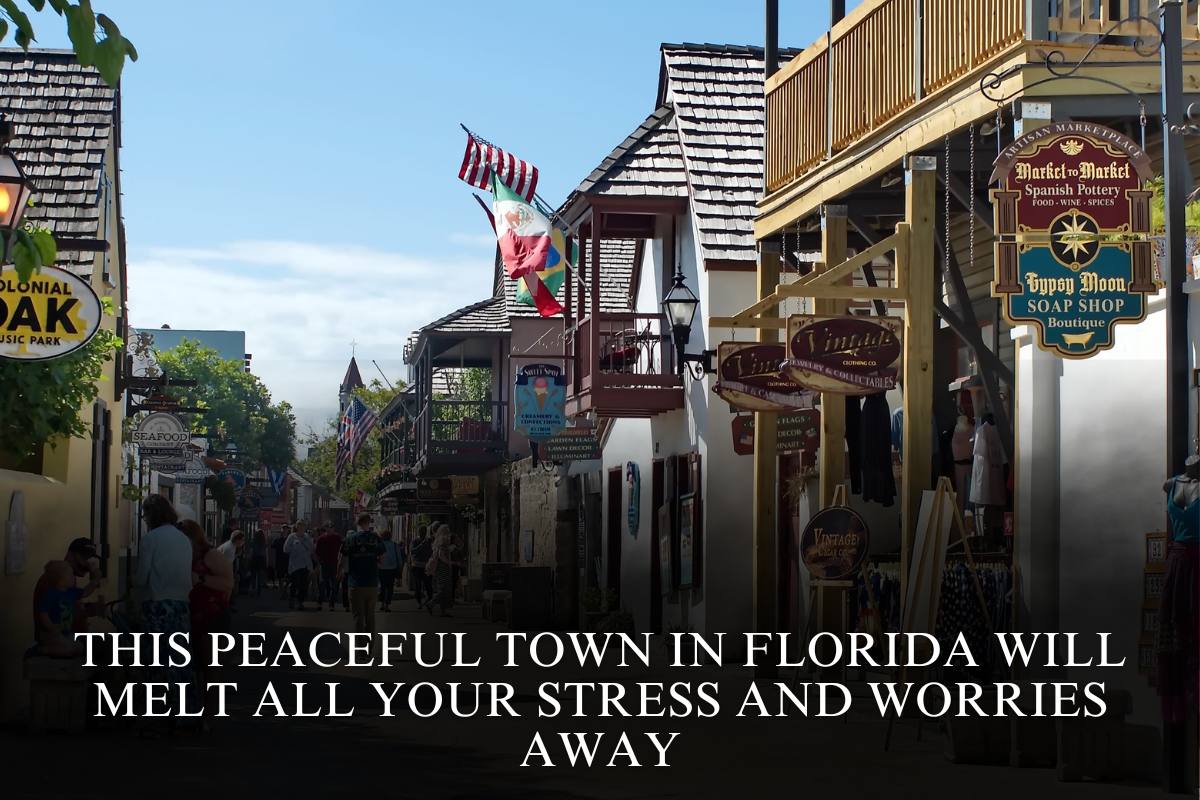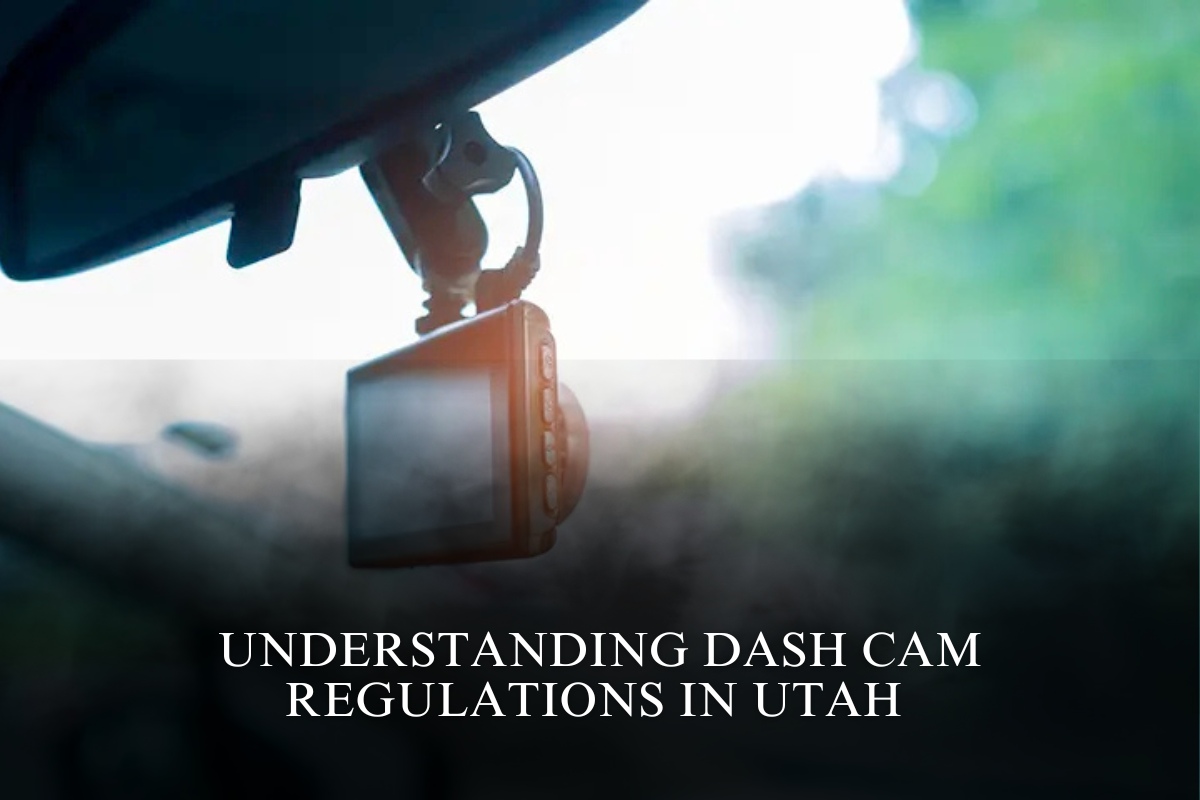On Tuesday, a more than 40-mile high-speed chase through Carbon County ended in Saratoga, where the driver and his passenger were arrested on felony drug charges.
Andrew Nollen and Erin Kampa are accused of leading law enforcement on a chase along Interstate 80 that started in Rawlins, looped through Sinclair, and ended in Saratoga.
According to Lt. Jared Frakes of the Rawlins Police Department, the pair surrendered peacefully.
Nollen and Kampa were initially stopped in Rawlins for an improper turn and weaving, and as the officer attempted to confirm Nollen’s identity, he drove away.
During the lengthy pursuit, the couple was seen tossing objects out the window, which were later identified as drugs and paraphernalia, Frakes said.
He also revealed that the car contained felony-level amounts of meth.
Frakes couldn’t say how fast Nollen was going; all he knew was that he was exceeding the speed limit.
50 Minute Chase
The driver, Nollen, eventually stopped on his own in a residential area in west Saratoga about 50 minutes after the pursuit began.
Four agencies were involved: Rawlins police, three Carbon County Sheriff deputies, Saratoga police, and Wyoming Highway Patrol.
This is Wyoming’s third high-speed chase in a week, following a Wyoming Highway Patrol Trooper who rolled his vehicle Friday in pursuit of a homicide suspect fleeing Colorado and a chase in Riverton that reached speeds of 130 mph.
Weighing risks
Such pursuits are becoming more common on the state’s interstates, according to Frakes, who has worked in law enforcement for 24 years. The decision to pursue is always strategic.
Frakes explained that each Wyoming law enforcement agency has its own high-speed chase policies, with the primary concern being public and officer safety.
He stated that it is determined by factors such as time of day, traffic density, and public safety.
If the driver’s identity is known, officers are likely to let him go and then catch up with him later to avoid injury.
Officers are more likely to pursue in incidents like Tuesday’s at 2:35 a.m., when there is less traffic on interstates and city streets, though Frakes said it’s always a calculated decision given the inherent risks.
“We prefer never to have any of that risk with a fleeing driver, because it’s always dangerous,” he informed me. “There’s just so many things that can go wrong.”
Surprised by Wyoming’s Tenacity
According to Frakes, some neighboring states have strict policies governing law enforcement activities. Many offenders are surprised when Wyoming law enforcement comes after them.
“We have some drivers that try to speed and evade law enforcement that are very shocked when they get pursued quite a ways and realize that law enforcement officers in Wyoming don’t really give up,” Frakes told me.
This is due to the state’s vast open spaces and relatively low population densities.
While Nebraska does not prohibit high-speed pursuits, the state has strict liability laws in place for third parties injured during such pursuits.
Many jurisdictions in Colorado prohibit high-speed pursuits, as do some police jurisdictions.
For example, the east Denver metro-area suburb Aurora recently reversed its pursuit policy, allowing law enforcement to pursue offenders under various circumstances.
Retracing Evidence
In high-speed pursuits like the one in Carbon County on Tuesday, retracing the crime scene to recover evidence takes time, according to Frakes.
It entails law enforcement keeping a close eye on the situation and radioing in landmarks and mile markers to indicate where evidence may be found.
According to Frakes, the driver allegedly tossed drugs near a fire hydrant in Rawlins as well as along the side of a clearly visible road, making this normally difficult task easier.
